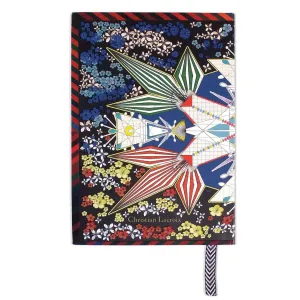|
| *This product is an interference filter. Its spectrum characteristics will be subject to the incidence of incoming light. | |
| When the GNB filter is placed between the lens and the camera: | |
| |
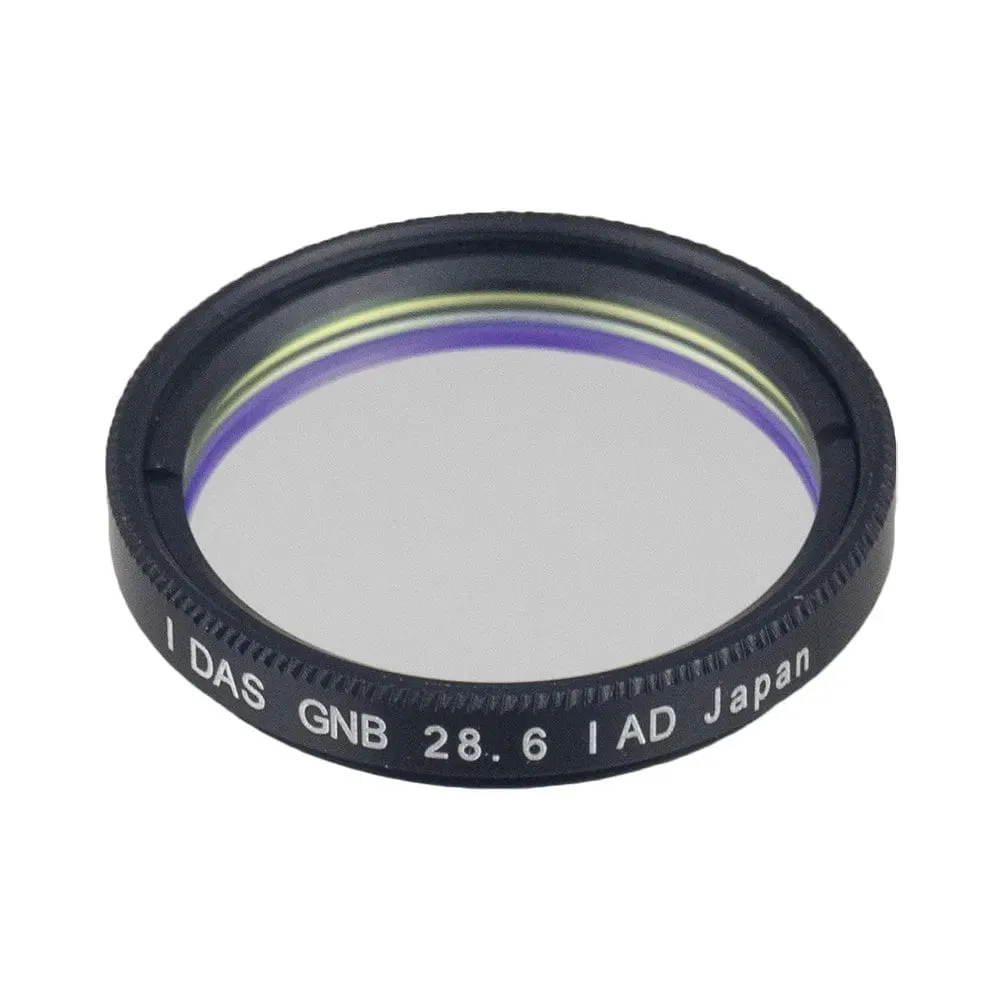
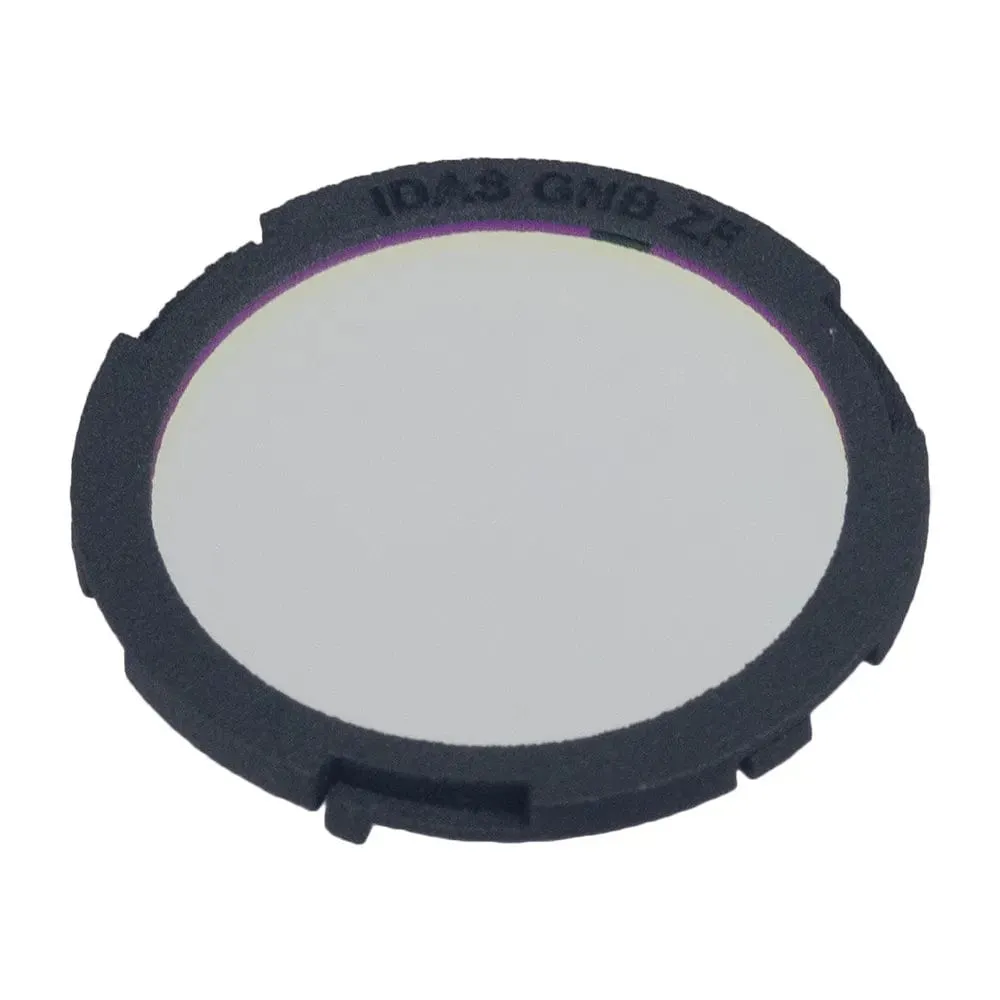
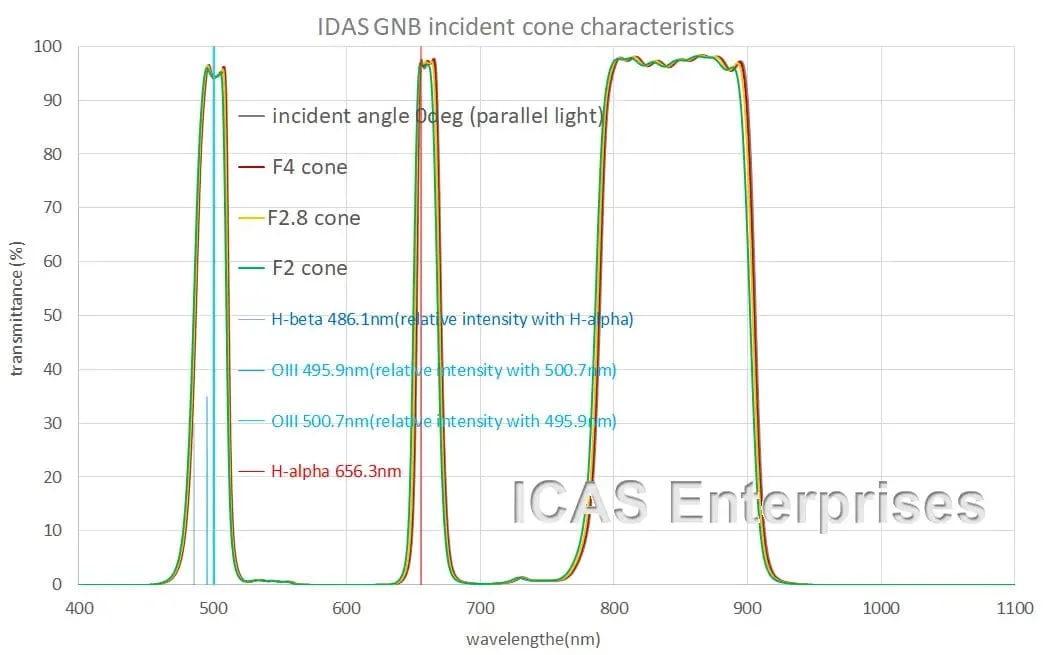
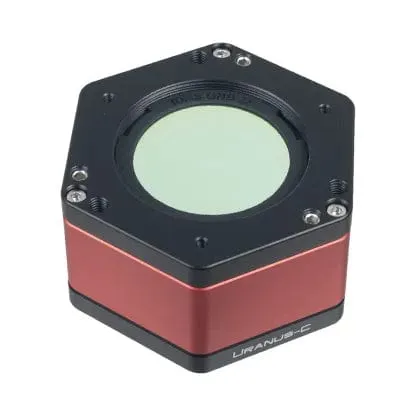
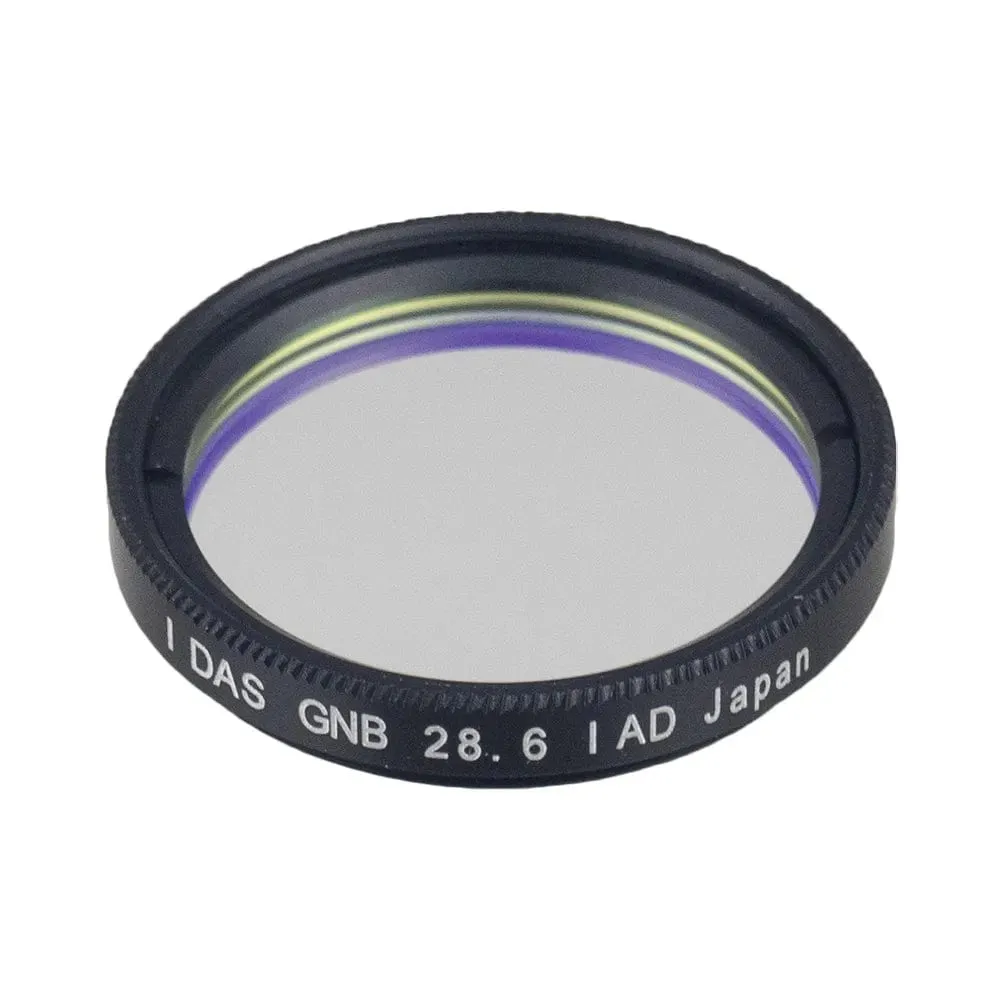
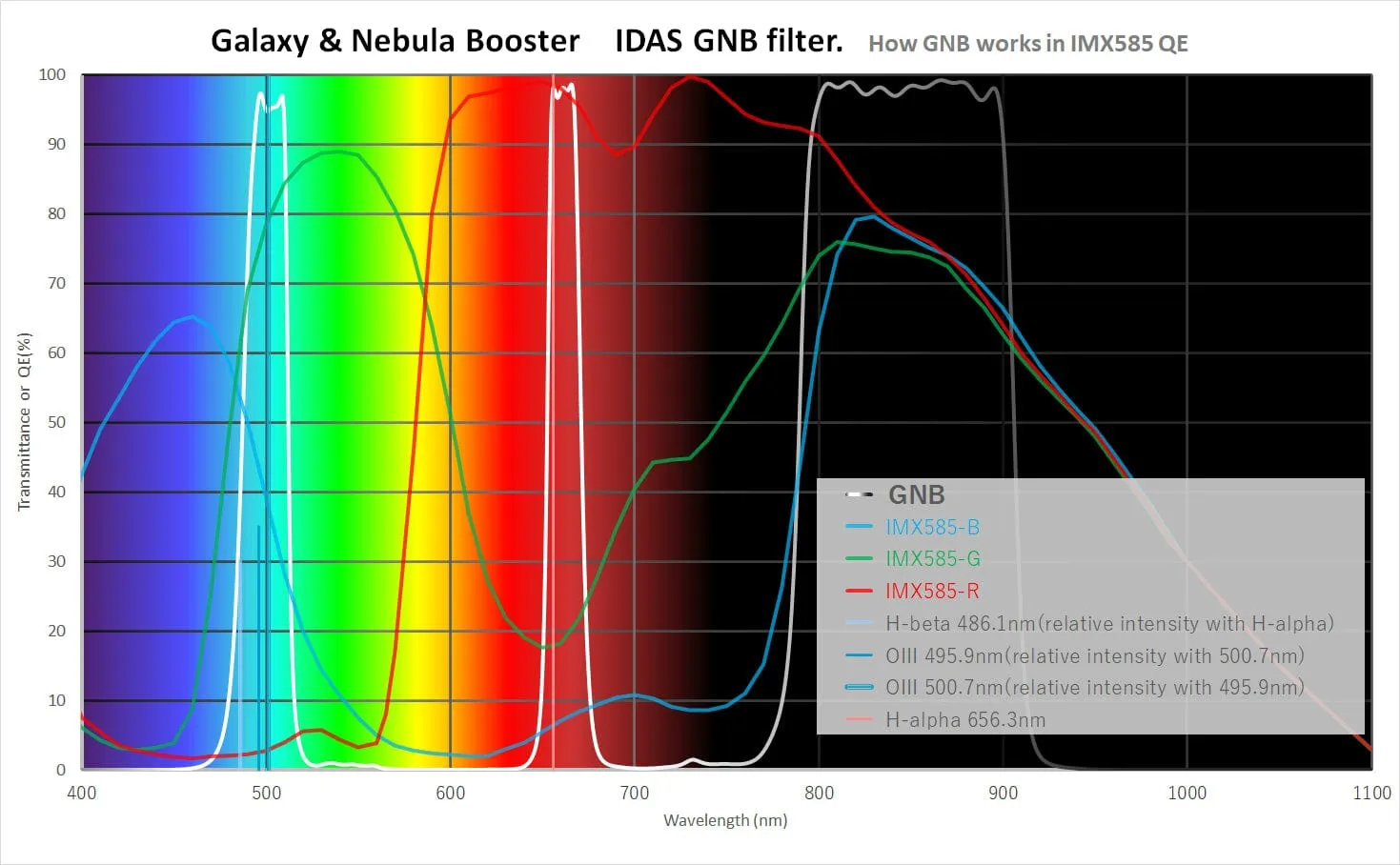
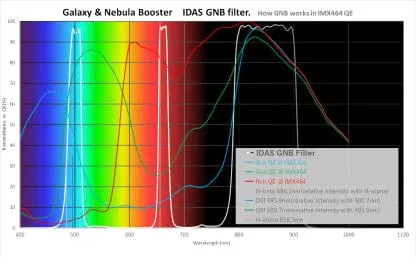
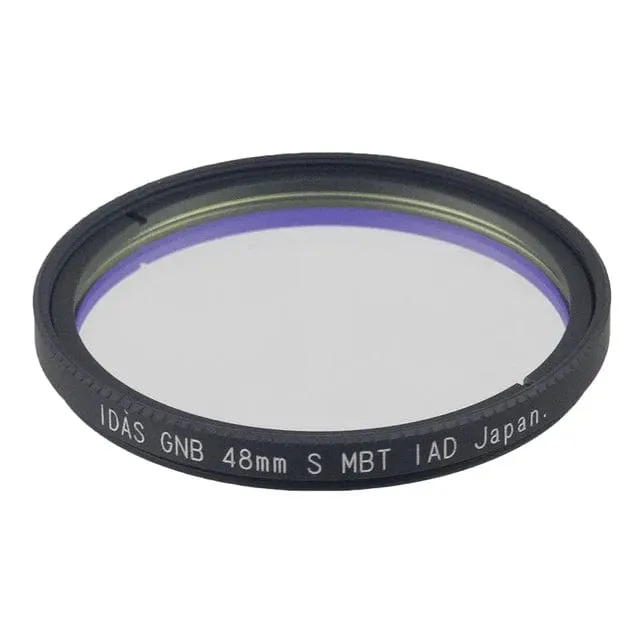










$ 41.81
$ 0.00
Save: $
|
| *This product is an interference filter. Its spectrum characteristics will be subject to the incidence of incoming light. | |
| When the GNB filter is placed between the lens and the camera: | |
| |
$ 15.00
Save: $
$ 60.00
Save: $
$ 17.39
Save: $
$ 46.80
Save: $
$ 10.80
Save: $
$ 25.18
Save: $
$ 29.36
Save: $
$ 19.20
Save: $
$ 33.56
Save: $
$ 36.96
Save: $



